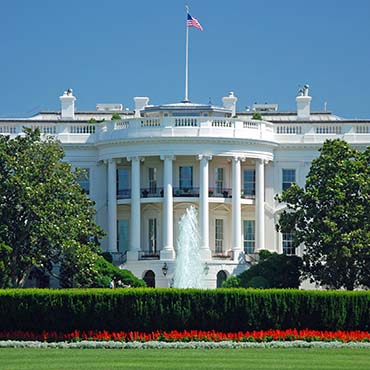Workforce management advice for the next administration

The National Academy of Public Administration wants to see more workforce accountability and bottom-up feedback from the next administration.

The National Academy of Public Administration wants to see more workforce accountability and bottom-up feedback from the next presidential administration. In a new report, titled “Transition 2016: Equipping the Government for Success in 2016 and Beyond," NAPA offers recommendations on effective approaches to workforce recruitment and retention.
They include empowering the government’s C-suite, appointing a strong Office of Personnel Management director, hiring officials with change management experience, holding federal executives accountable and using feedback from federal employees.
Additionally, the recommendations encourage innovation on the part of the executive branch to sustain the momentum of the previous administration in building a robust cybersecurity workforce.
NAPA President Dan Blair said the purpose of the recommendations is to provide practical ways of establishing strong partnerships and communications between the White House and government agencies and to build on the progress made by the previous administration rather than scrapping effective programs and starting over from square one.
According to the most recent Plum Book, there are 1,141 full- and part-time presidential appointment positions that require Senate confirmation, 314 presidential appointments without Senate confirmation, 600 to 700 political Senior Executive Service positions and 1,559 Schedule C positions.
With a high volume of positions for an incoming president to fill on a compressed timeline, Blair said early preparation and cooperation between the exiting and entering administrations are essential to a successful transition.
He cited the 2008 transition as exemplary due to the efforts of the exiting George W. Bush and the entering Barack Obama.
So far, Blair said, Obama has shown a similar commitment to preparing his successor.
"This administration has made a commitment to make sure their transition is indeed smooth," Blair said. "I think we're off to a good start. What's interesting about this time is the efforts to transition have started earlier than they have in the past."
He said the notion that candidates should not start preparing for the event of their election because it would be seen as presumptuous is outdated and even detrimental.
That attitude shift has occurred because "the stakes are so high," he said. “I think everyone realized that coming in for a new election and a president taking over is an incredibly complex and substantial undertaking…. You just can't begin this the day after the election."
In addition to the burden on the incoming president, the prospective appointees face "quite a process," Blair said. "It’s not for the faint of heart." He noted that candidates must stand up to the scrutiny of background checks, Senate confirmation hearings and financial inquiries.
When it comes to the practical implementation of workforce retention and recruitment for the two presumptive candidates, Blair cautioned against investing too much in what is said on the campaign trail. That might be especially relevant advice in an election in which one of the leading candidates is known for the reality TV show tagline "you're fired."
"You have to separate the campaign from actually governing," Blair said. "There are a lot of promises made and things said during the campaign that don’t necessarily equate to" what would happen if that candidate is elected.
NEXT STORY: Census seeks CTO


